
The Science Behind Protein Absorption and Muscle Growth: A Complete Guide
Protein absorption and muscle growth rely on a complex process that begins with digestion and ends with targeted delivery to muscles. Understanding this process helps optimize your protein intake for better results.
Protein Digestion Process:
- Begins in the mouth through chewing and salivary enzymes
- Continues in stomach with hydrochloric acid and pepsin breaking down proteins
- Completes in small intestine where amino acids are absorbed into bloodstream
- Liver processes amino acids before distribution to muscles and tissues
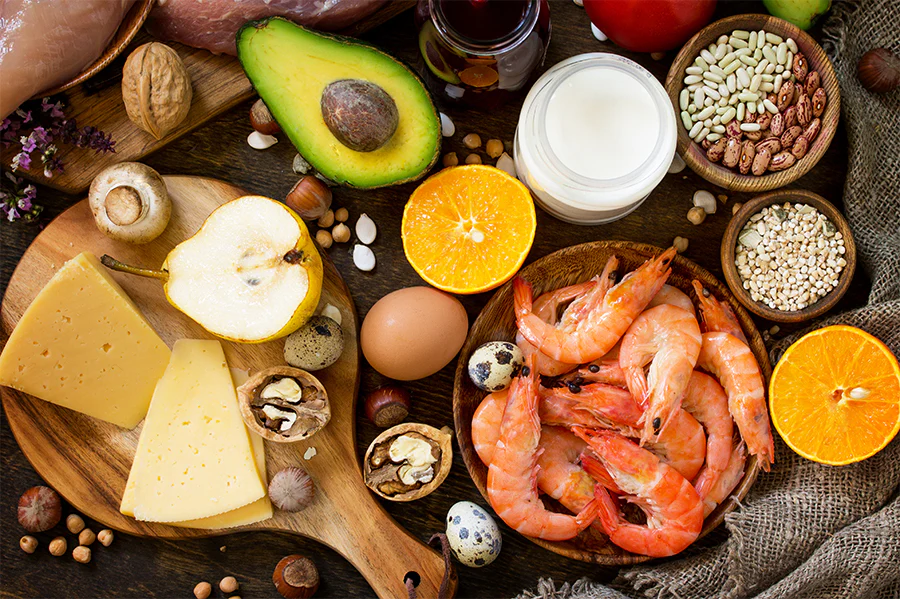
Food spread with seafood and cheese
Types of Protein and Their Benefits:
- Whey Protein
- Fast-absorbing
- Ideal for post-workout recovery
- Complete amino acid profile
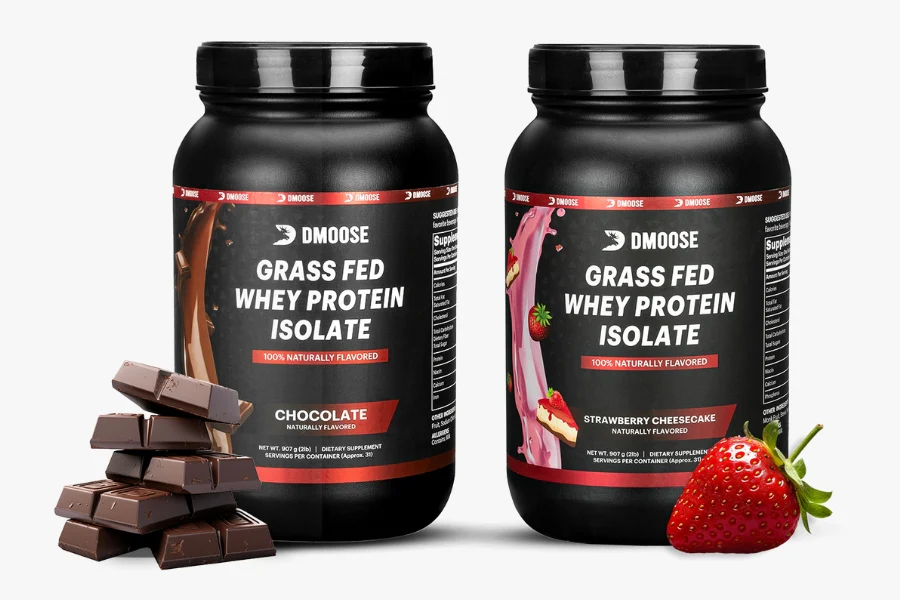
Two black protein powder containers
- Casein Protein
- Slow-releasing
- Perfect for overnight recovery
- Sustained amino acid delivery
- Plant Proteins
- Versatile options for various diets
- May need combining for complete amino acid profile
- Good for throughout-the-day consumption
Recommended Protein Intake:
- Sedentary: 0.8-1g per kg bodyweight
- Recreational athletes: 1.2-1.6g per kg bodyweight
- Strength trainers: 1.6-2g per kg bodyweight
- Weight loss goals: 1.6-2.2g per kg bodyweight
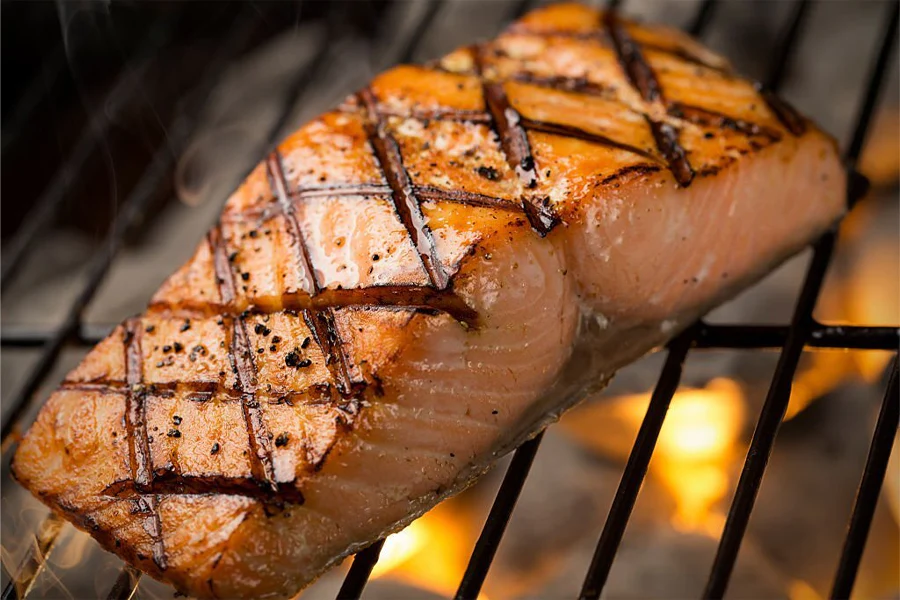
Grilled salmon fillet
Optimization Tips:
- Spread intake throughout the day
- Combine with carbs post-workout
- Choose high-quality protein sources
- Consume protein before bed
- Include protein at breakfast
- Pair with healthy fats
- Track daily intake

Shirtless man holding dinner plates
Important Notes:
- Body cannot direct protein to specific muscles
- Timing matters less than total daily intake
- Quality of protein source affects absorption
- Consistency is key for muscle growth
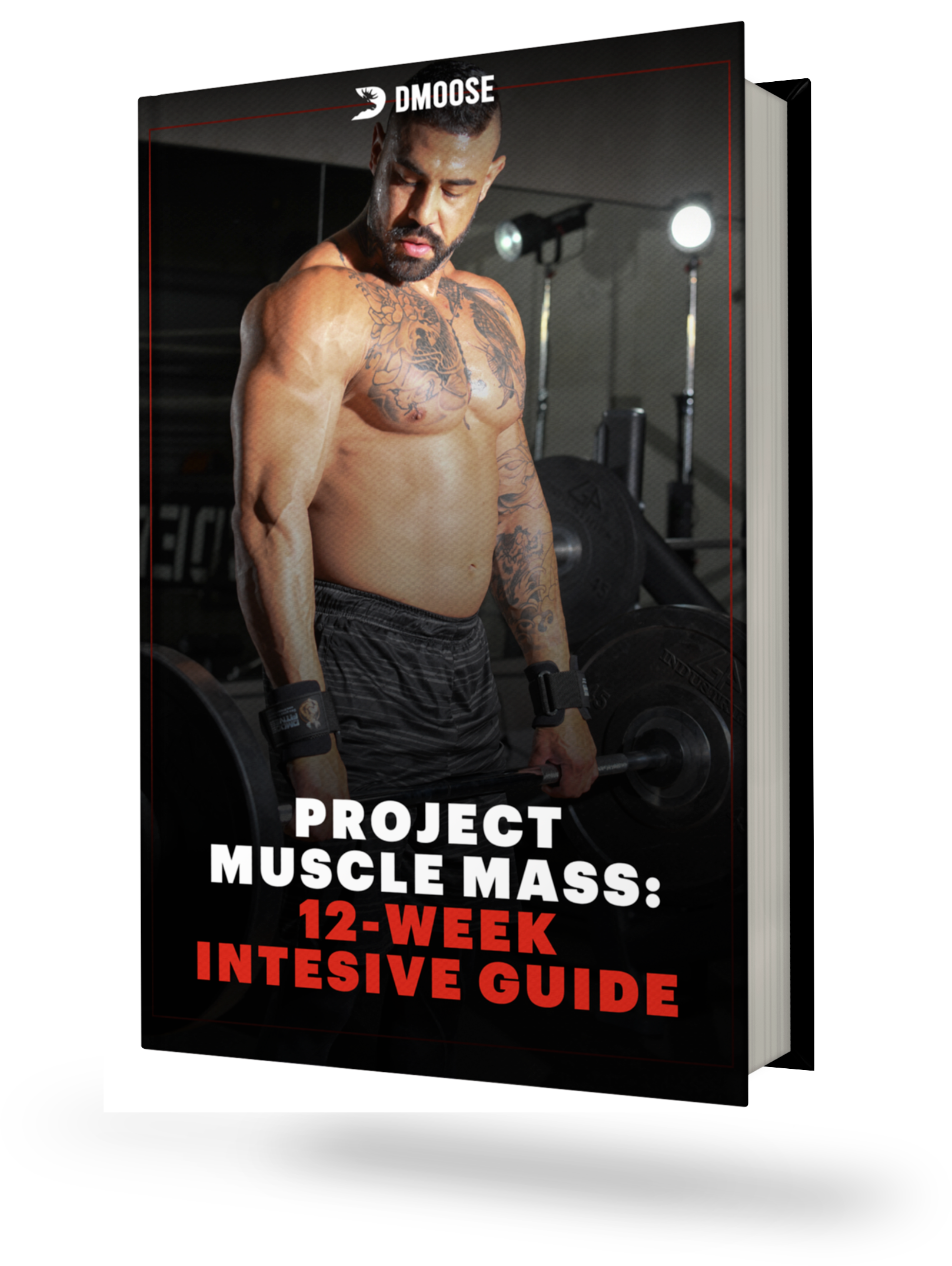
Man lifting dumbbell
Remember: While supplements can help, focus on maintaining adequate protein intake through a balanced diet for optimal muscle growth and recovery.
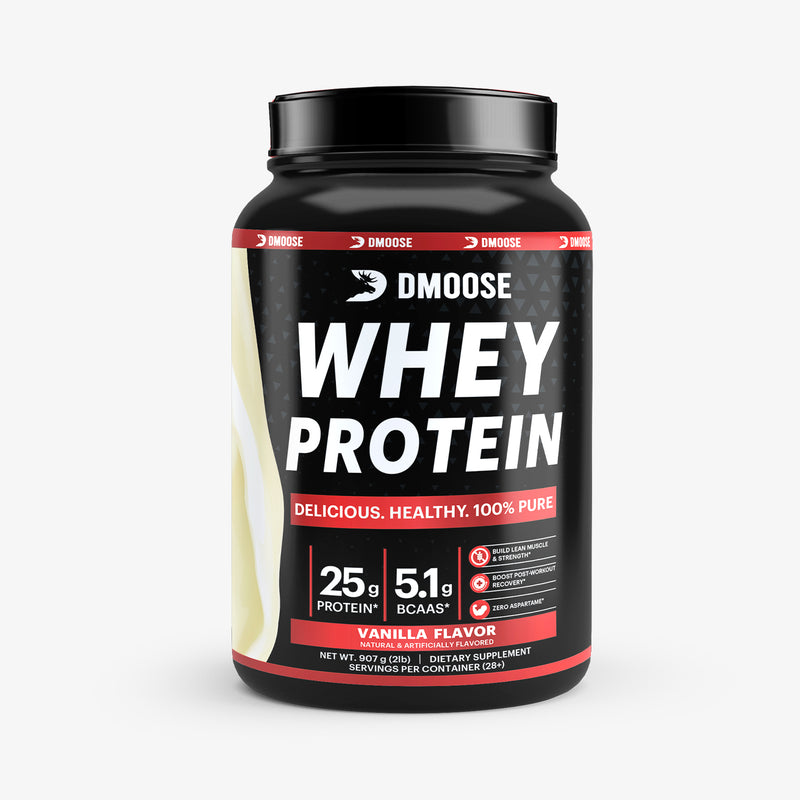
Vanilla protein powder jar in black
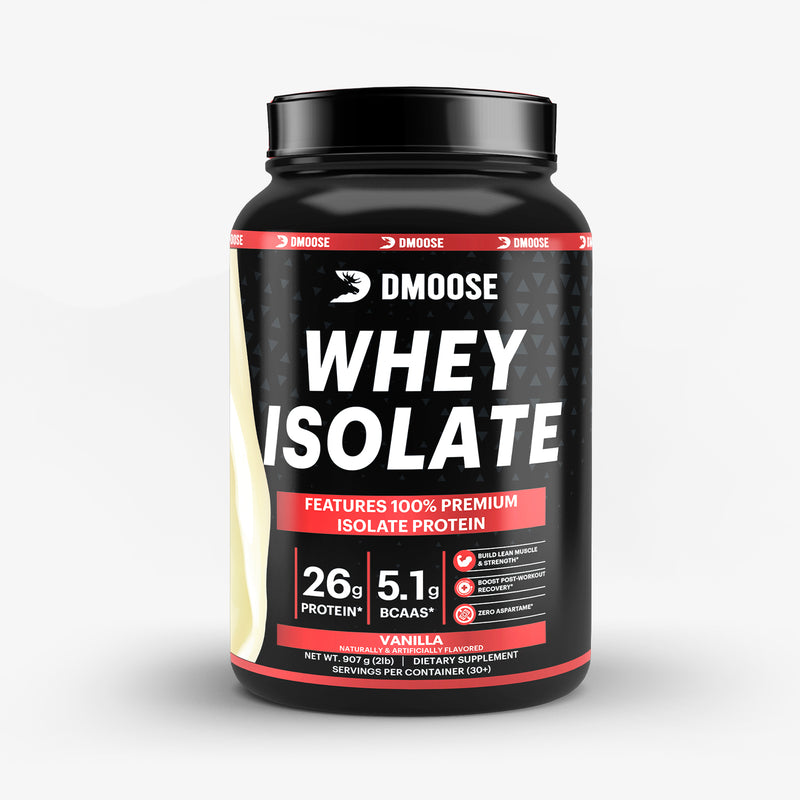
White protein powder container
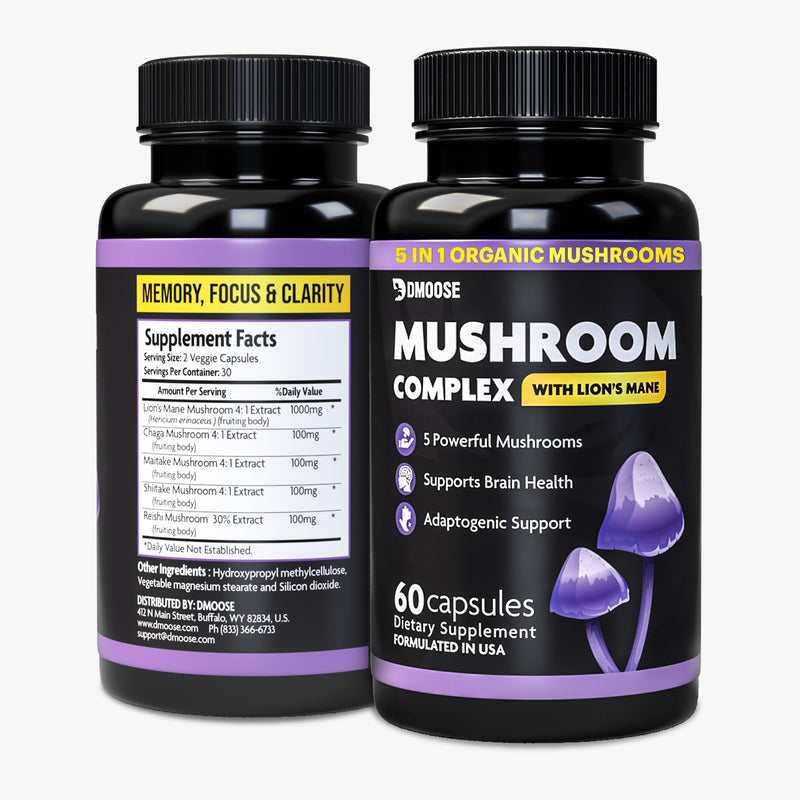
Mushroom supplement product label
Related Articles

Complete Guide: How to Build Muscle - Expert Tips and Workouts

